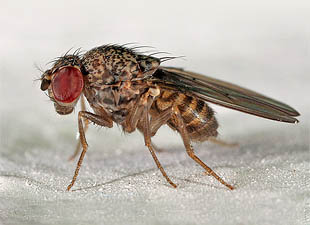
AsianScientist (Aug. 12, 2016) – In a bid to improve the quality of genomic analysis, scientists in Australia have developed a new technology based on synthetic human genome sequences. Called sequins, the technology described in Nature Methods is based on an intuitively simple concept—the notion of mirror-image DNA.
“Sequins are, essentially, mirror images of natural DNA sequences. Like us, the genome has a ‘handedness,’ and just as our right hand differs from our left hand, sequins differ from natural genome sequences,” said Dr. Tim Mercer of Australia’s Garvan Institute of Medical Research, who led the research study.
“So sequins behave just like natural genome sequences, but they can be easily recognized as synthetic.”
The researchers came up with the idea of adding these small stretches of synthetic DNA to a patient’s DNA sample during sequencing. The sequins, which are unmistakably different from that real DNA, then act as internal standards, helping researchers analyze the large data files that are generated during genome sequencing.
Furthermore, when added to a sequencing reaction, sequins provide internal controls with which to assess the sensitivity and accuracy of genome sequencing. Because sequins are added to each individual sample, they can provide a sample-by-sample assessment, something that has not previously been possible.
This intuitive technology, which can be used to better map and analyze complexity within the genome, is freely available to the academic research community. Cancer diagnosis is one area in which using sequins should lead to improvements, according to the research team.
The article can be found at: Deveson et al. (2016) Representing Genetic Variation with Synthetic DNA Standards.
———
Source: Garvan Institute of Medical Research; Photo: Shutterstock.
Disclaimer: This article does not necessarily reflect the views of AsianScientist or its staff.












